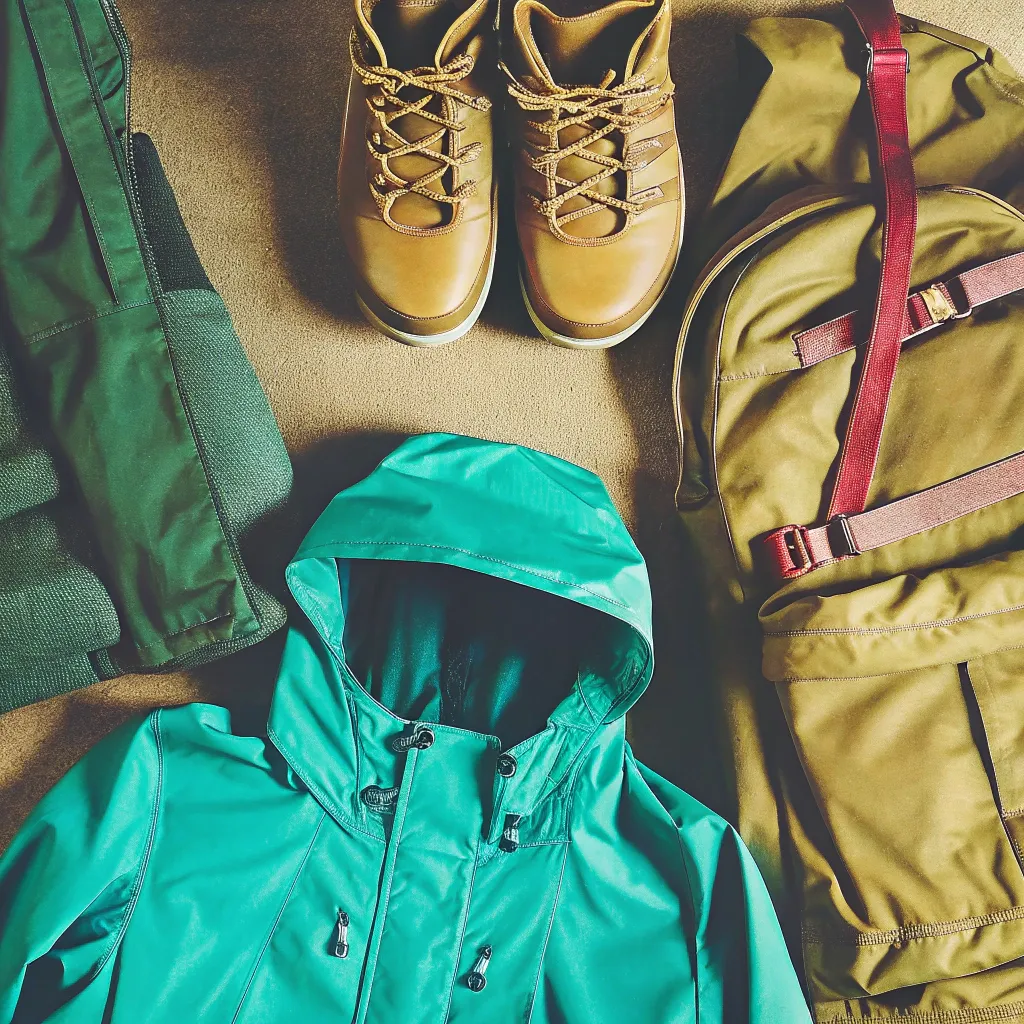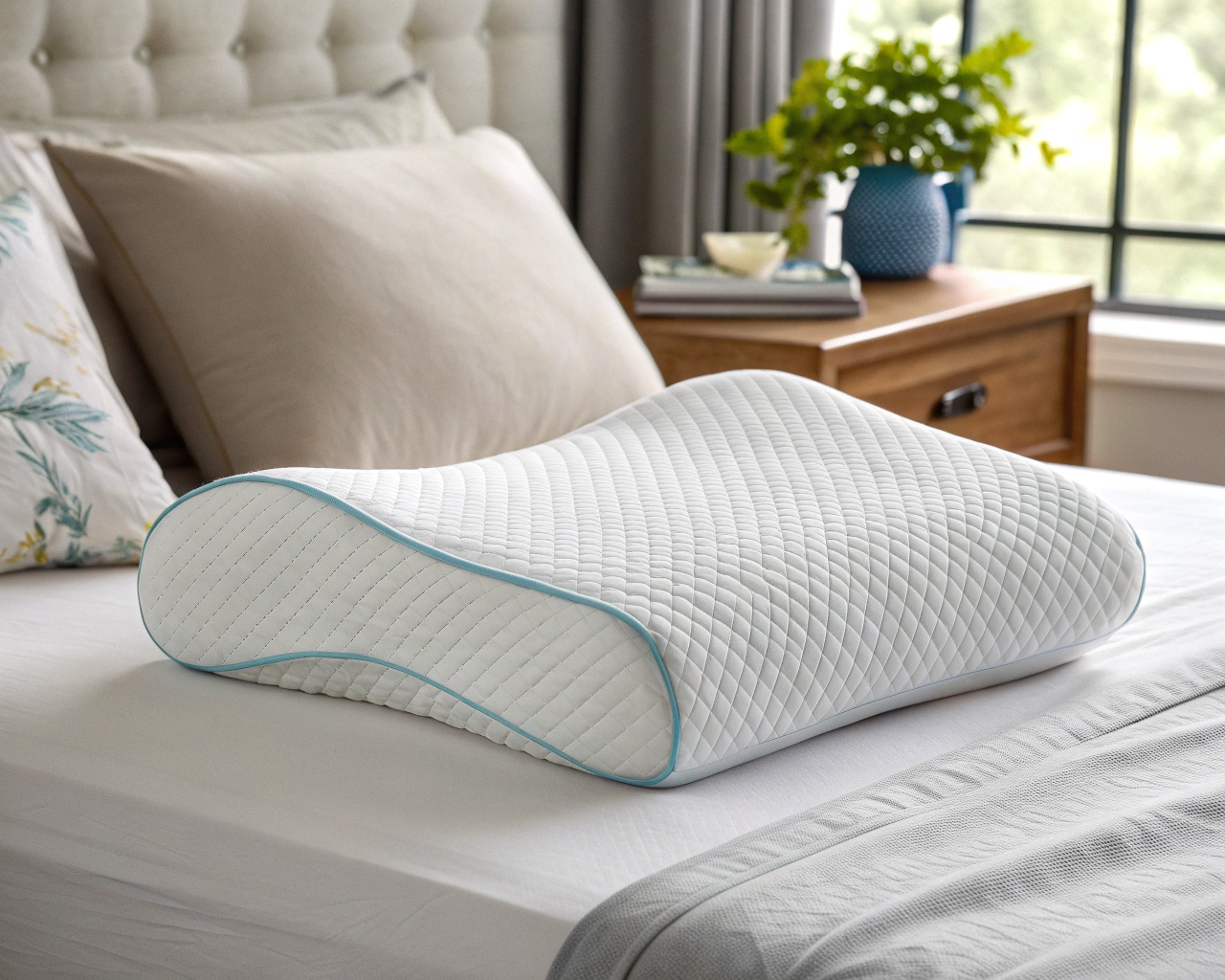The right gear can make or break your outdoor experiences, especially when you're passionate about adventures that span all four seasons. Whether you're hiking through summer heat, navigating autumn trails, or braving winter's chill, investing in versatile all-weather equipment ensures you're prepared for whatever Mother Nature throws your way.
Understanding the All-Season Approach to Outdoor Gear
When I first started year-round adventuring, I made the costly mistake of buying separate gear for each season. My garage quickly became cluttered with specialized equipment that sat unused most of the year. That's when I realized the value of strategic all-weather investments.
All-season gear doesn't mean compromising performance. Today's outdoor equipment often incorporates advanced technologies that adapt to changing conditions, making it possible to build a streamlined collection that works year-round with minimal additions for extreme weather.
The Layering System: Foundation of All-Weather Preparedness
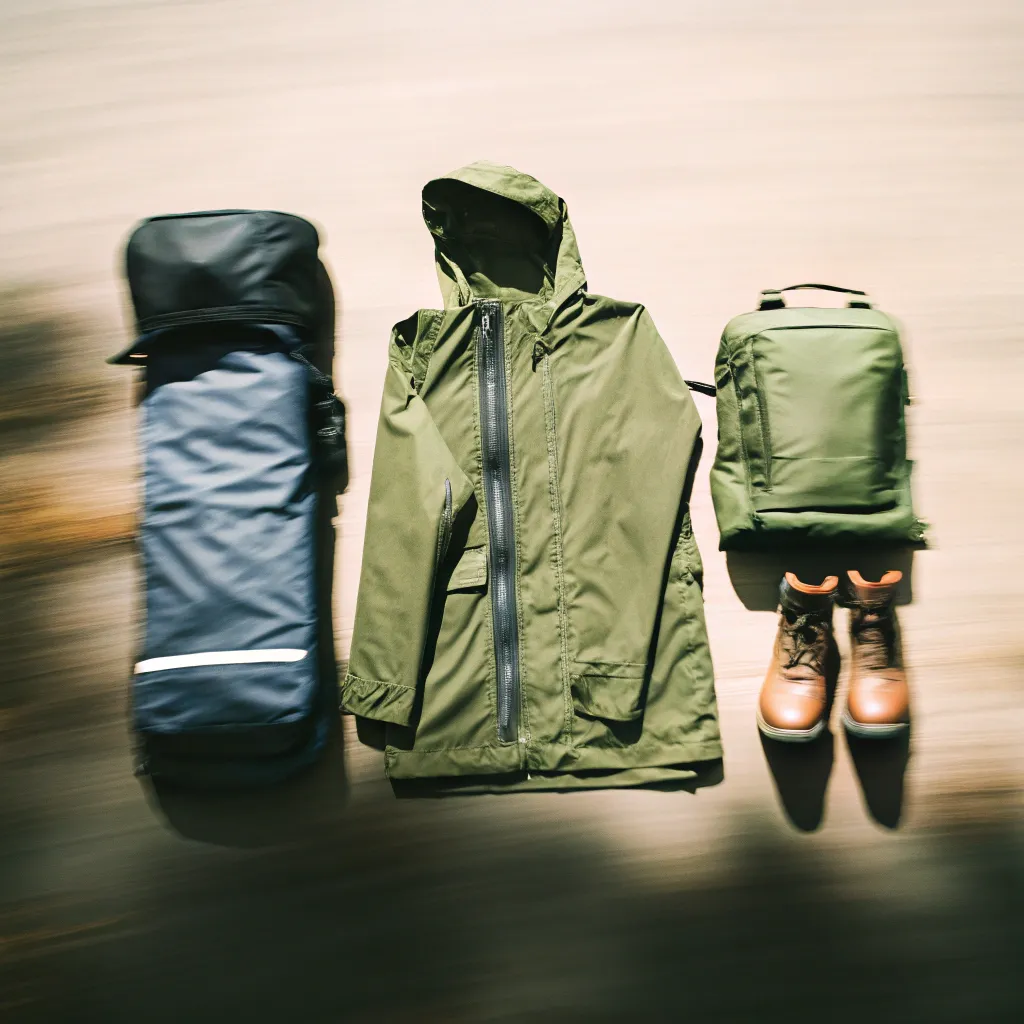
The secret to comfortable year-round adventures isn't necessarily having different outfits for different seasons—it's mastering the art of layering.
A proper layering system includes:
- Base layer: Moisture-wicking fabrics that keep sweat away from your skin
- Mid layer: Insulating materials that trap body heat
- Outer layer: Weather-resistant shells that protect against wind, rain, and snow
"Layering is the single most important concept for year-round comfort," explains Park City-based guide service All Seasons Adventures, which offers outdoor activities throughout the calendar year. "It allows you to adapt to changing conditions by adding or removing layers as needed."
Essential All-Weather Clothing Investments
Versatile Jackets and Shells
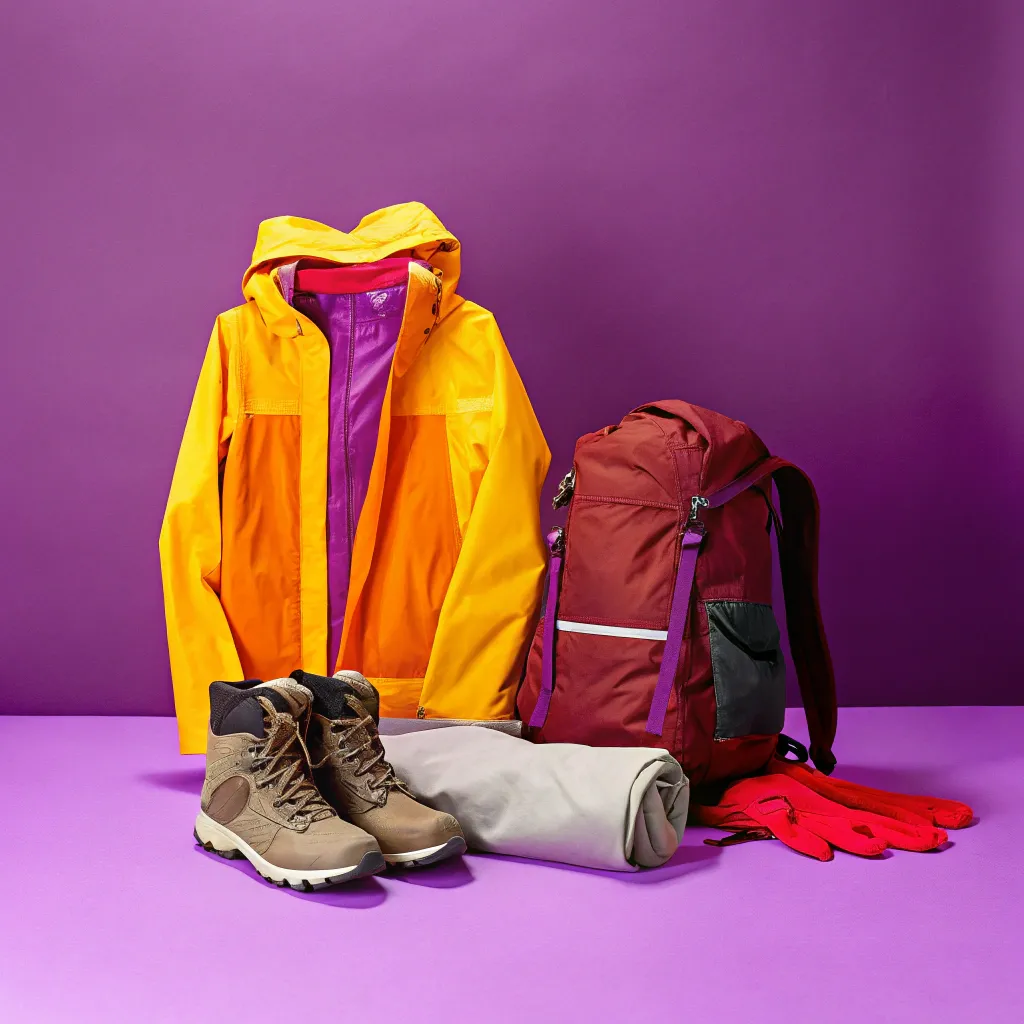
The cornerstone of any all-weather wardrobe is a quality 3-in-1 jacket or modular system. These typically include a waterproof shell and removable insulation layer that can be worn separately or combined.
According to Adventure Bike Rider magazine, "The best four-season jackets feature removable thermal liners, adjustable ventilation, and waterproof membranes that breathe well enough for summer use while providing protection year-round."
Look for jackets with:
- Waterproof ratings of at least 10,000mm
- Sealed seams
- Adjustable hoods that fit over helmets
- Pit zips for ventilation
- Removable insulation
The REI Co-op Stormbolt GTX jacket and Patagonia's Tres 3-in-1 Parka are excellent examples that have served me well across multiple seasons and activities.
Adaptable Footwear Solutions
Footwear presents one of the biggest challenges for year-round adventurers. While specialized boots have their place for extreme conditions, several options work across multiple seasons.
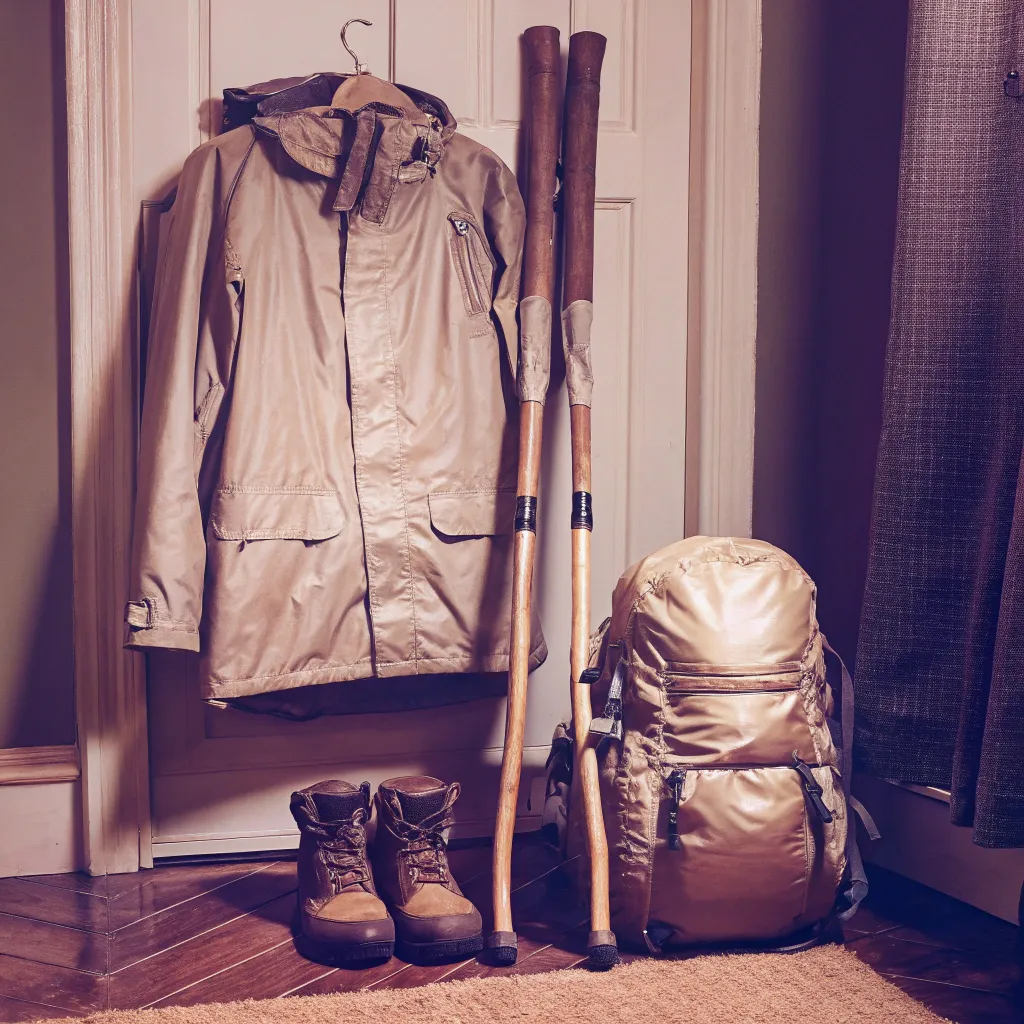
Travel blogger Angella from Simply Angella notes, "All year round, I recommend waterproof hiking boots with good ankle support. For winter specifically, insulated waterproof boots become essential."
My experience suggests these versatile footwear options:
- Mid-height waterproof hiking boots with moderate insulation
- Trail runners with Gore-Tex for three-season use
- Approach shoes for technical terrain in milder conditions
Adding gaiters during wet or snowy conditions extends the usability of your regular hiking boots, while swapping between lightweight and wool socks adapts the same boots to different temperatures.
Multi-Season Camping and Hiking Equipment
Sleeping Systems That Adapt
Finding the perfect sleeping bag for year-round use involves some compromise. As noted by Semi-Rad, "A 15- or 20-degree sleeping bag is a great all-purpose, three-season sleeping bag, and you can always layer up inside it during colder temps."
I've found the most versatile approach is:
- A quality 20°F down sleeping bag as your core piece
- A sleeping bag liner that adds 10-15 degrees of warmth when needed
- A lightweight summer quilt for hot weather
This modular approach weighs less than carrying multiple specialized bags and adapts to temperatures from summer heat to early winter cold.
Four-Season Shelter Considerations
While specialized winter tents exist for extreme conditions, several tent models bridge the gap between seasons effectively.
Key features to look for:
- Freestanding design with a full rainfly
- Adequate ventilation options
- Stronger pole structure than typical summer tents
- Vestibule space for gear storage
The REI Arete ASL 2 and Hilleberg Nallo are examples of shelters that handle everything from summer thunderstorms to light snow loading, making them true multi-season options.
How Do I Choose Gear That Works Across Multiple Seasons?
This is perhaps the most common question I hear from aspiring year-round adventurers. The key is prioritizing versatility over specialization and understanding where to invest in quality pieces versus where to supplement seasonally.
Start by analyzing your typical adventure patterns. If you're primarily a three-season hiker who occasionally ventures out in winter, your gear strategy will differ from someone who regularly faces extreme conditions.
Focus first on these versatile investments:
- A quality layering system with moisture-wicking base layers
- A waterproof-breathable shell with adjustable features
- Mid-weight insulation pieces that work alone or layered
- Footwear with waterproofing and moderate insulation
- A sleeping bag in the 15-20°F range
Then supplement with seasonal additions as needed:
- Summer: Lighter sleeping bag liner, sun protection
- Winter: Insulated pants, heavier gloves, boot insulation
According to outdoor gear experts, "The best year-round gear isn't necessarily designed for all seasons, but rather adapts through thoughtful features and compatibility with other equipment."
Tech and Accessories for Changing Conditions
Navigation and Safety Tools
Weather variability makes reliable navigation and communication tools essential for year-round adventurers.
Consider these multi-season essentials:
- GPS devices with replaceable batteries (cold drains power faster)
- Waterproof map cases or weatherproof maps
- Communication devices like the Garmin inReach
- Headlamps with adjustable brightness and long battery life
Hydration Solutions Across Temperatures
Staying hydrated presents different challenges across seasons. In summer, you need capacity; in winter, you need insulation.
Versatile options include:
- Insulated water bottles that prevent freezing in winter and keep water cool in summer
- Hydration reservoirs with insulated tubes for three-season use
- Collapsible bottles as backup capacity in warmer weather
Maintaining Your Gear for Year-Round Performance
The secret to truly all-weather gear isn't just buying the right products—it's properly maintaining them. Seasonal transitions are the perfect time to inspect, clean, and reproof your equipment.
After a particularly wet spring hiking season in the Pacific Northwest, I learned this lesson the hard way when my supposedly waterproof jacket started leaking. Regular washing and reapplication of DWR (Durable Water Repellent) treatment would have prevented this failure.
Establish a maintenance calendar that includes:
- Washing technical fabrics with appropriate cleaners
- Reapplying waterproofing treatments
- Checking seams and zippers for damage
- Storing down items properly uncompressed
Adventure Destinations for Testing Your All-Weather Setup
Destinations like Gunstock Mountain Resort in New Hampshire exemplify the year-round adventure approach, offering activities from winter skiing to summer mountain biking. These four-season destinations provide perfect testing grounds for your gear system.
Other notable locations for year-round adventure include:
- Olympic National Park (WA) with its diverse ecosystems
- Moab, Utah for desert adventures spanning hot summers and cool winters
- The Adirondacks in New York, offering everything from summer paddling to winter ice climbing
Final Thoughts on Building Your All-Weather Arsenal
Building a versatile gear collection is a journey, not a shopping spree. Start with foundational pieces that offer the most flexibility, then gradually refine your system based on personal experience and the specific environments you explore most frequently.
Remember that the best gear is the gear that gets used. Investing in quality all-weather equipment might cost more initially, but it delivers greater value through versatility and longevity. Plus, there's something deeply satisfying about having a streamlined collection of trusted gear that's ready for adventure any day of the year.
What's your most reliable piece of all-weather gear? The item that never leaves your pack regardless of season? For me, it's a merino wool mid-layer that somehow works from fall through spring—but I'm always curious to hear what works for other year-round adventurers.

